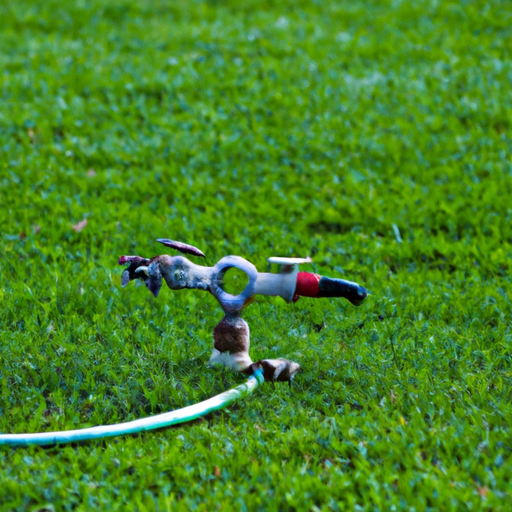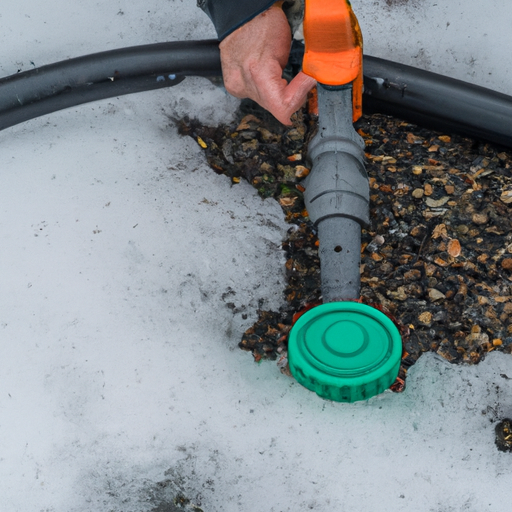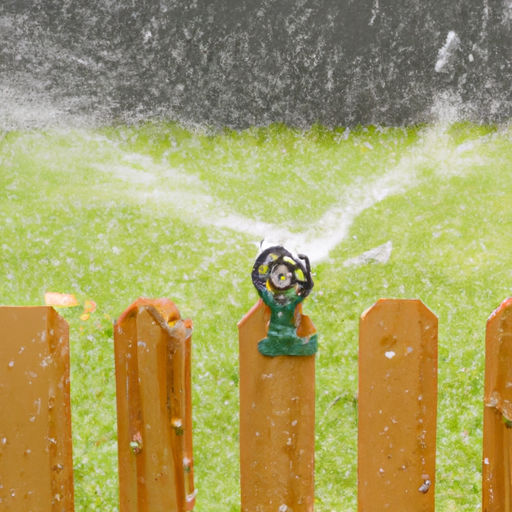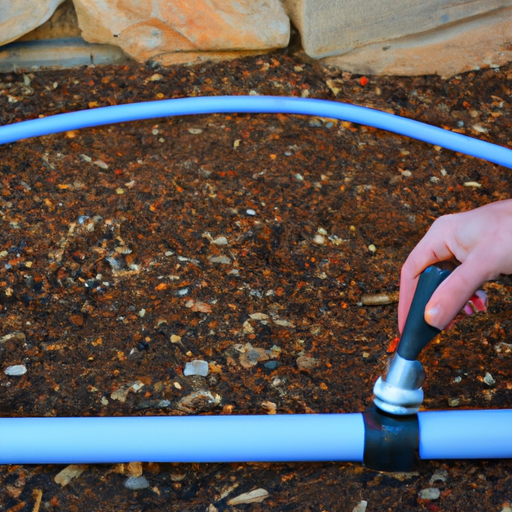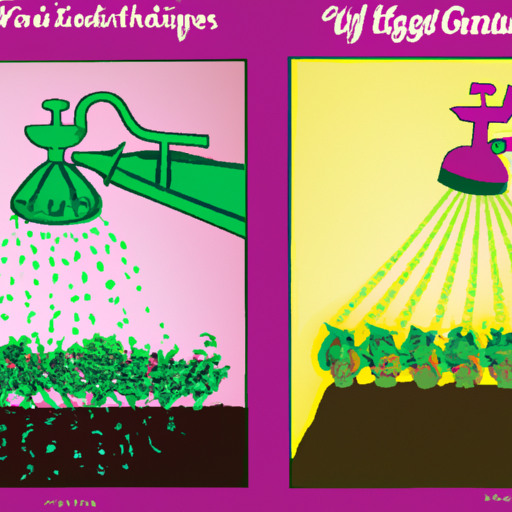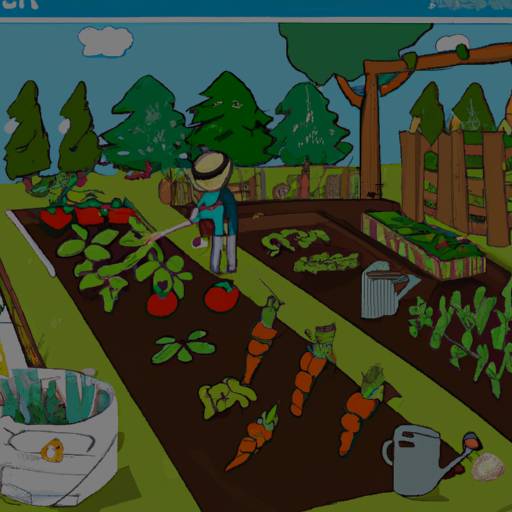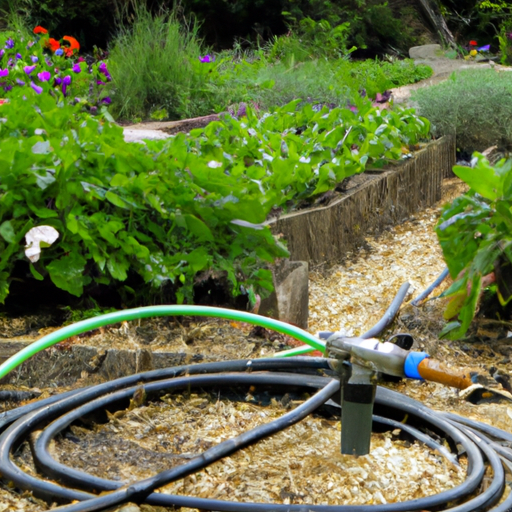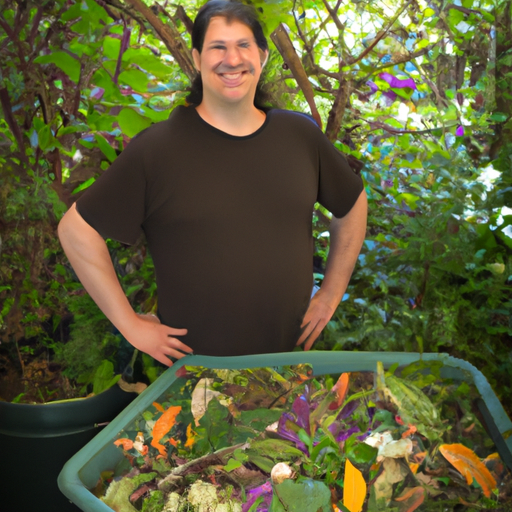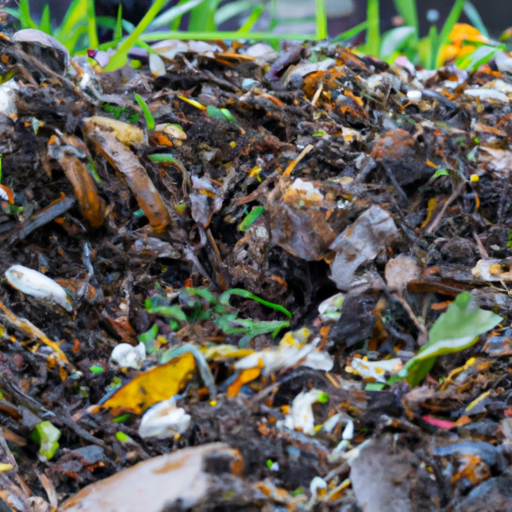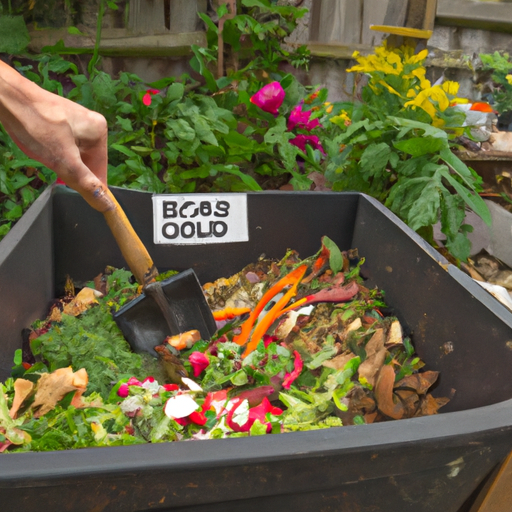The Importance of Regular Maintenance for Your Irrigation System
Regular maintenance is crucial for keeping your irrigation system functioning efficiently and ensuring your plants thrive. Without proper upkeep, systems can become clogged or develop leaks, leading to water waste. Regular inspections can help identify signs of wear and tear, while adjustments based on weather conditions can optimize watering efficiency. Maintenance also plays a role in preventing water waste and extending the lifespan of your system. Implementing water conservation strategies and maintaining soil health are key. Schedule routine check-ups, perform troubleshooting, and address issues promptly to avoid major problems. Maintenance can save money and prolong the life of your system.
